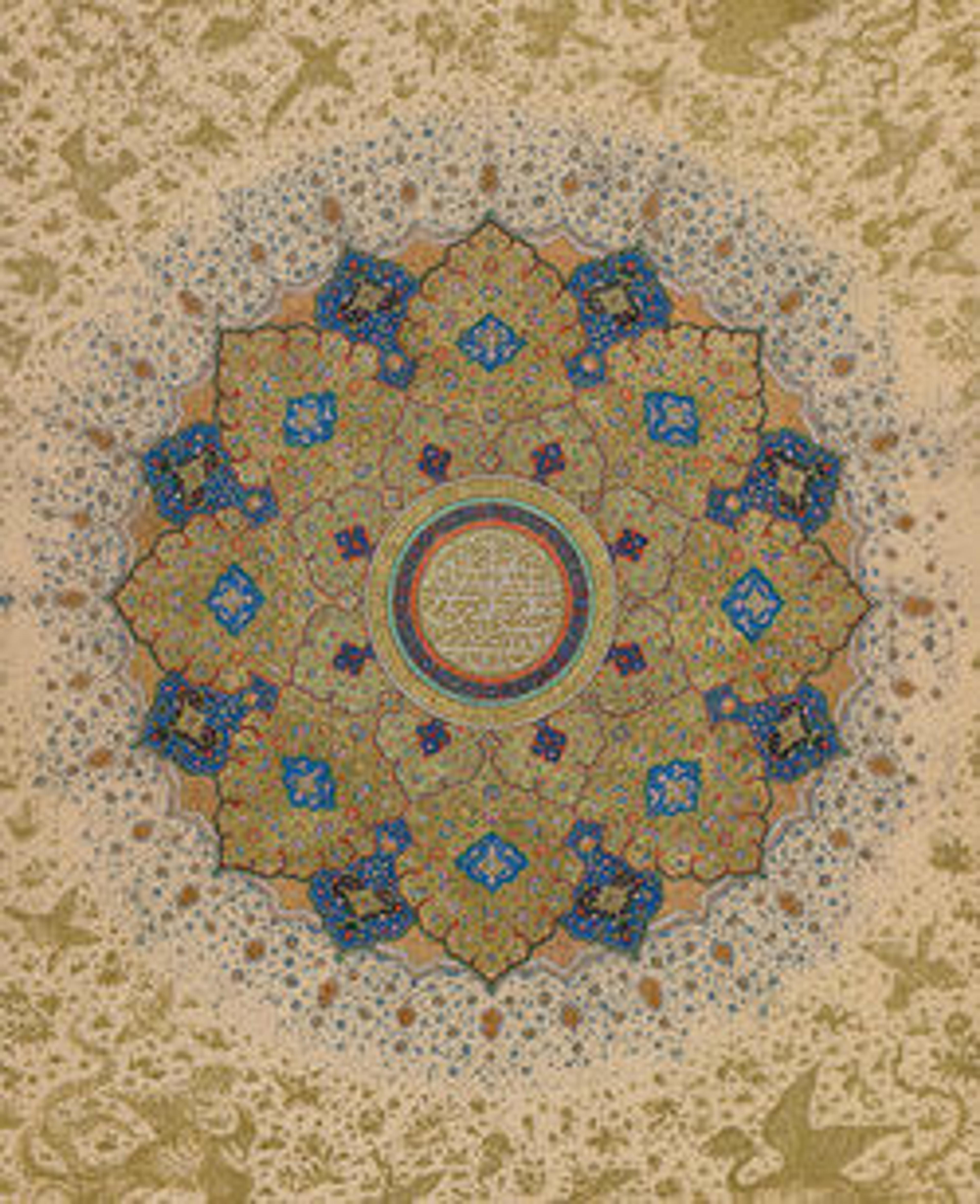Textile Fragments
This silk textile composed of fifteen fragments, including two in a private collection, depicts three forms of the vyala, a mythological creature whose leonine body is combined with parts of other animals. This form had its origins in traditional Indian art, where it was used in architectural settings as a symbolic guard for Hindu temples. Here, all three vyalas are winged, and the central form has the head of an elephant.
Artwork Details
- Title:Textile Fragments
- Date:15th–16th century
- Geography:Attributed to India
- Medium:Silk; samite
- Dimensions:Largest Fragment: L. 11 9/16 in. (29.3 cm)
W. 7 in. (17.8 cm) - Classification:Textiles-Woven
- Credit Line:Gift of Michael and Jacqueline Franses, 1993
- Object Number:1993.2a–m
- Curatorial Department: Islamic Art
More Artwork
Research Resources
The Met provides unparalleled resources for research and welcomes an international community of students and scholars. The Met's Open Access API is where creators and researchers can connect to the The Met collection. Open Access data and public domain images are available for unrestricted commercial and noncommercial use without permission or fee.
To request images under copyright and other restrictions, please use this Image Request form.
Feedback
We continue to research and examine historical and cultural context for objects in The Met collection. If you have comments or questions about this object record, please contact us using the form below. The Museum looks forward to receiving your comments.
